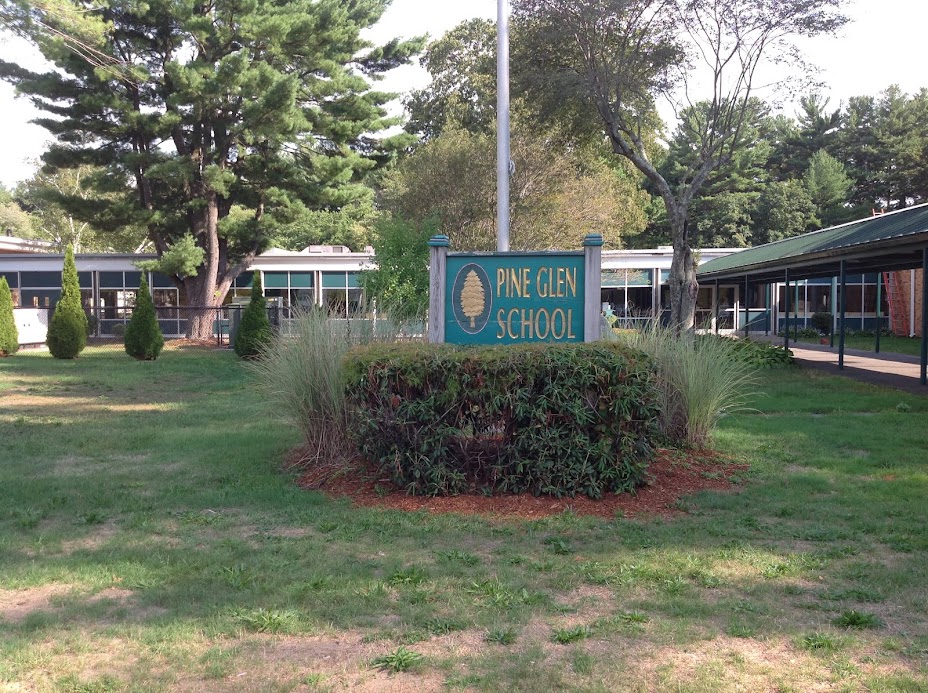In science we are finishing up our unit on trees. The children learned about the changes that a tree goes through during each season. They have illustrated their very own tree book, made tree necklaces, created an inside the tree flip book and even did a speical project with Ms. Fallon in the art room! Ask your child about the parts of a tree and their functions. They should be able to explain the different parts of the tree and even the inside layers of the tree such as outer and inner bark, cambium, sapwood, heartwood and pith! Our next science unit of study will be weather and the water cycle.
During our ELA block children are engaged in various literacy activities in each ELA classroom. Children receive Fundations phonics instruction in their reading tier. They have been introduced to blends, digraphs, glued sounds, closed syllables, and closed syllable exceptions. After their Fundations instruction they participate in reading groups, independent reading tasks, whole group literacy activities and/or literacy centers.
This year the children will be working on various forms of writing such as narrative, persuasive, informative, etc. Our first piece of writing was a creative story about a "broken window". Each child had an interesting and unique idea for their story. They were thoroughly engaged and excited to share their finished products with their classmates. The children also wrote a personal narrative about a place they like to visit. We read Big Mama by Donald Crews before beginning our narrative because Donald Crews usually finds his inspiration for writing from something in his own life experience. Another form of writing that the students worked on was a non-fiction informative piece about trees. They described the similarities and differences between deciduous and coniferous trees. These were amazing and we are looking forward to typing them in the future!
We have had a few special days at Pine Glen. We celebrated our local heroes at our Hero's Assembly on September 11th. The children sang songs and read/presented letters to the police and fire departments. Last week we had a special "Stand as One" day at Pine Glen. The children were encouraged to wear red to show that we Stand As One as a school community. Our guidance counselor Mrs. Dwyer read One by Kathryn Otoshi to each grade level and the students made chains which contained positive thoughts about our Pine Glen Community. These chains are hanging in our main hallway for the children to read and admire. Our last exciting event was a visit from Mr. Musselman. Mr. Musselman came to do a fun science activity with the children called Pumpkin Science. First the children had to predict whether the pumpkin would sink or float when placed in a tub of water. They were shocked to see the pumpkin actually floats in water! Mr. Musselman also explained the fire triangle to the children using a jack-o-lantern. He experimented with making different cuts in the pumpkin to see if when he put a lit candle in the pumpkin the fire would stay lit or go out. Ask your child to explain the various steps Mr. Musselman took to finally get the candle to stay lit! Finally Mr. Musselman made "pumpkin puke" using special chemicals. See the pictures below for all of these exciting events!





